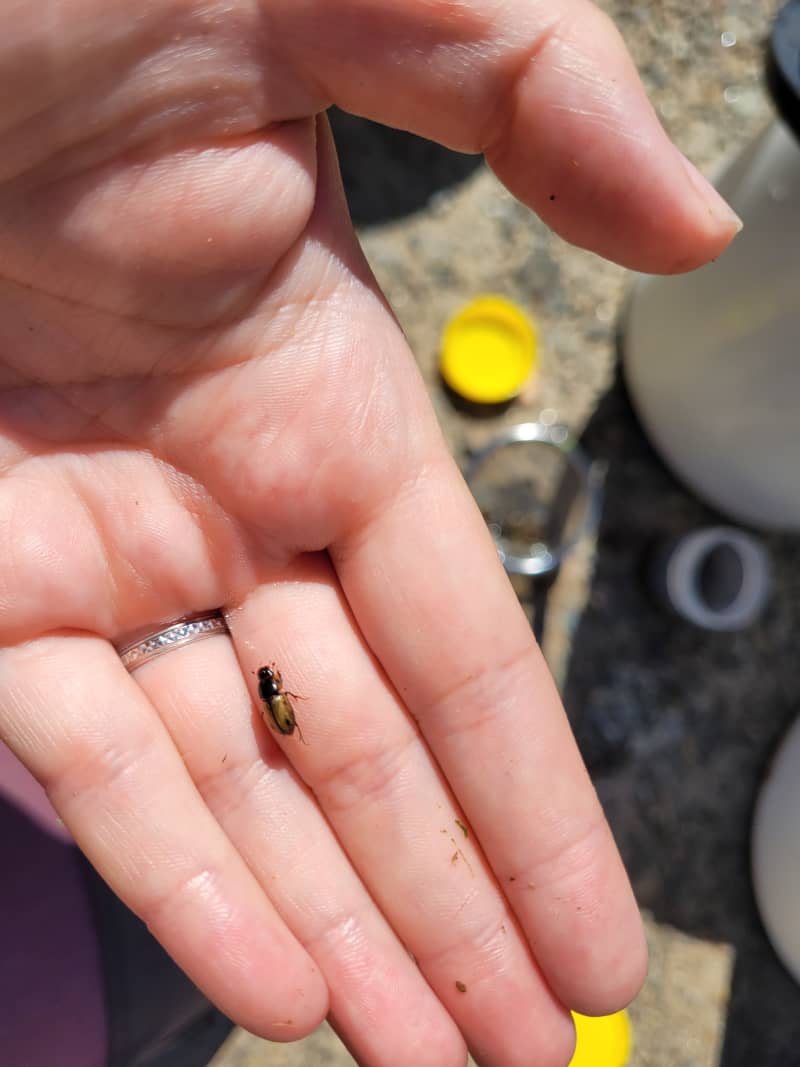
Metsähallitus stresses that the preservation of the open sand dunes of Vattaja requires continuous management and support funds. In recent years, the area has received a lot of support.
This summer, significant discoveries of endangered insects in Central Ostrobothnia have been made at Vattajanniemi in Lohtaja.
Vattajaniemi is a rare area even by European standards. It has 15 kilometres of sandy beaches, protected dune habitats and rare species.
In the nature reserve, Metsähallitus found the sawfly, a butterfly that is disappearing from Finland due to the encroachment of open sandy areas.
In addition, sand beetles were found in three sheep pastures.
The previous observations of the species in the area are even well over a hundred years ago, i.e. from the 1910s.

According to Metsähallitus, the additional funding of recent years plays a significant role in the management of the dune area. At the same time, it has been possible to study nature and species more effectively than in decades.
The success of previous treatment measures has also now been proven, states Metsähallitus in a press release.
Open sandpits are key
Vattajanniemi is home to the largest, uniform sandy beach in Northern Europe, i.e. up to 15 kilometers of sand and more than 450 hectares of sand fields.
It is the largest dune beach in the boreal zone in Europe. The preservation of beaches and species requires that open sand dunes remain in the area.
The dunes remained open until the 1950s, but since then the sands have depleted rapidly and the surface area has decreased.
Vattaja is also one of the most important shooting and training areas for the defense forces.
Clearance and sheep to work
Sheep have been grazing on Vattajanniemi for well over ten years thanks to environmental support.
In recent years, the area has also been managed with the support of the ministry’s Helmi project. Species inventories have been made with support money granted by the parliament.
Clearing the forest is expensive, and it would not have been possible without the funding of the Helmi project.
Metsähallitus reminds that recreational users of the area can influence the preservation of the dunes through their own activities.
Dogs should be kept on a leash in the area, as the cape is an important nesting area for birds and a resting place during migration. Motor vehicles may not be driven in the terrain either.
*The subject can be discussed until Friday, November 18 at 11 pm*.
